Emergent Curriculum in the PreK Classroom
Shandra Patton is a PreK educator and former Seedlings Fellow. She collaborated with kindergarten teacher Gyna Grant and art teacher Rebecca Looney, both two-time participants at the SEC summer workshop, to integrate curriculum and explore process art at various age levels. Here are some of her thoughts on emergent curriculum.
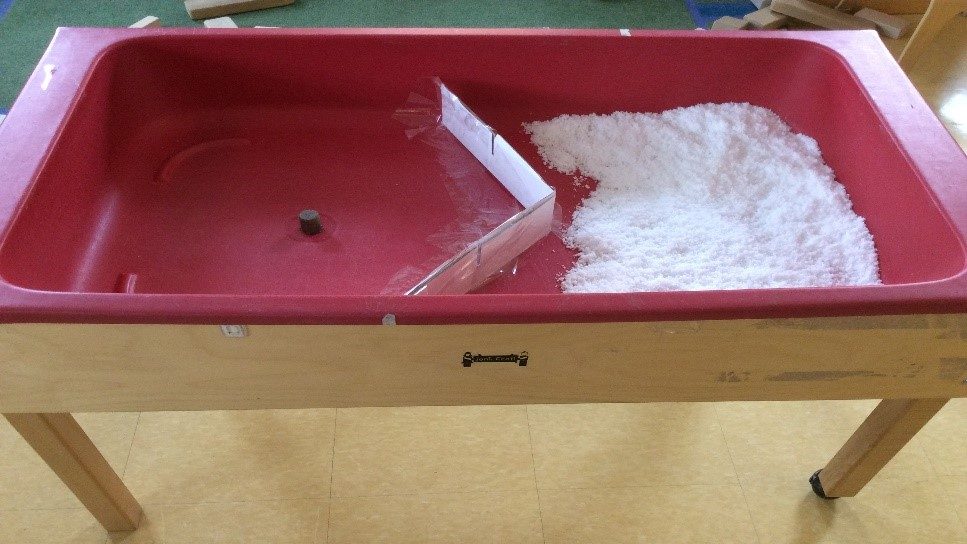
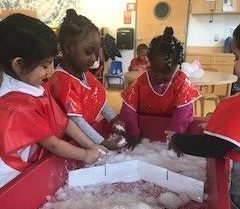
Create an environment that allows for exploration and discovery.
As early childhood educators, we take into account the skills of the children in our classrooms. We build attachments with these children in order to recognize their individual needs and help them explore their interests. As someone who has attended Seedlings Educators Collaborative’s summer workshop, I have gained confidence in my ability to create a project-based, emergent curriculum. In order to create an environment in which children are constantly exploring, discovering, predicting and generating an understanding of the world around them, teachers need to be creative in planning, implementing and facilitating a curricular plan that builds on their present knowledge and acknowledges children’s interests.
Mistakes and unexpected outcomes allow for more opportunities to learn.
A teacher must be willing to commit to the moment, and trust the process, and not be afraid to make mistakes or worry about children making mistakes. Mistakes are part of the learning process and can indeed be a factor that shapes a particular project or piece of an emerging curriculum. I’ve had activities that did not quite turn out the way I thought that they would, but these unexpected outcome turned into an even more interesting avenues of exploration for my students.
One such time was a during discovery activity in which children were encouraged to explore a material: synthetic snow. After observing the children play with the synthetic snow and asking several open-ended questions, I was a little let down to see that none of the children remarked that the snow was not real. I began to think of ways in which the children could come to realize that there was indeed a difference between the synthetic snow and real snow. The next day, we began with our revised plan for snow discovery–this is an emergent curriculum.
Children came into the classroom to find the sensory table set up the following morning. Teachers said nothing to the children about the changes made to the table. The children continued to walk past it, just looking inside. During our Morning Meeting the we laid the groundwork and introduced the discovery challenge. The children had yet to discover that I collected ice and snow that morning on my way to school and so, after Morning Meeting a group of children sat in the science area and started the challenge. We encouraged the children to figure out what was inside the bag without opening it. After a little bit more conversation, the children move on to the next stage of their discovery. Removing any props or tools to start allowed for initial discoveries using their senses to supply them with an abundance of information. After a couple more minutes the children were allowed to make choices about the tools they are interested in using in order to extend their learning experience and draw observations about synthetic snow and real snow and ice.
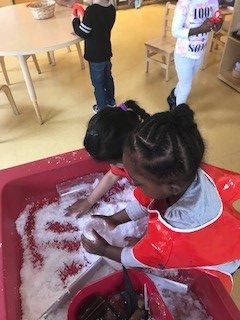
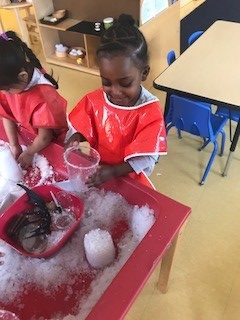
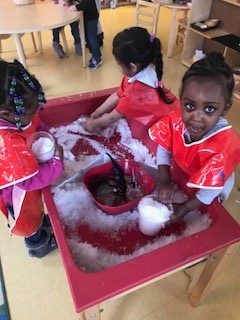
Emergent curriculum also allows for teachers to learn.
We know that open-ended play is the best way for children to build self-esteem, problem solve and make connections that include various domains. Open-ended play also allows for educators to learn about their students’ abilities and thought processes, as well as revise teaching approaches and learn from unexpected outcomes. When I first thought about adding the synthetic snow in the sensory table, I never thought to provide the children with the actual snow at the same time. When I realized that our discussion fell flat while investigating the synthetic snow, I realized my mistake was not providing the real thing and was able to provide the missing component the next day.
More from In My Classroom
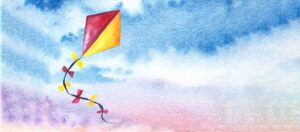
Kite Making Teaches Seasons, Weather and Other Targeted Science Skills
Jen Wilson’s kindergarten class studied and built kites to study weather and motion through inquiry, observation, research, and design. Students also learned imported social-emotional skills like overcoming frustration, perseverance, quelling anxious feelings.

A Lump Of Clay: A Language Bridge For Pre-Schoolers
Clay is an open-ended medium that allows children to show their thinking.

Integrating Natural Materials in the Classroom
Julie Peterman’s attempt at creating a more natural setting in my public school classroom had her hauling bags of birch bark, sticks, stones, pine cones, seed pods, and seashells.
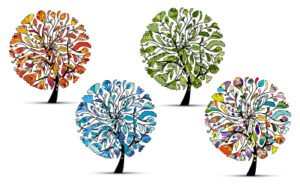
Simply Teach: Bringing Seedlings Workshop Concepts Back to the Classroom
“Often, it’s simpler than we first think to bring these meaningful connections and engaging activities within our existing curriculum,” says Seedlings alum and Fellow Jen Wilson on integrating hands-on learning into her classroom.

A Labor Of Love: The First Weeks Teaching Pre-K3, SEC Fellow Julie Peterman
The first days of Pre K 3 are what we lovingly call the “Cryfest.” Working on helping the children build secure attachments to their new caregivers takes time.
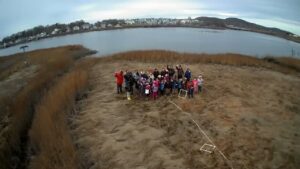
Learning about Science and Nature through Community Connections
Conte West Students Learn about Science and Nature through Field Work and Community Connections. 2017-18 Seedlings Fellow Diane Huot, a first grade teacher in New Haven, has incorporated field trips to Quinnipiac Meadows Reserve into her class’ study of habitats and organisms with her class.
